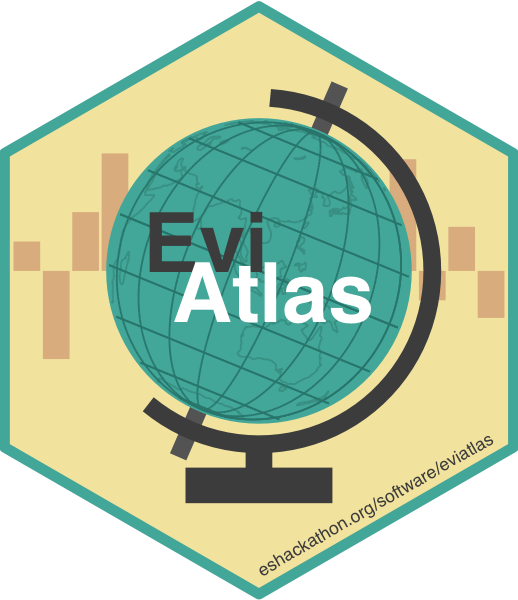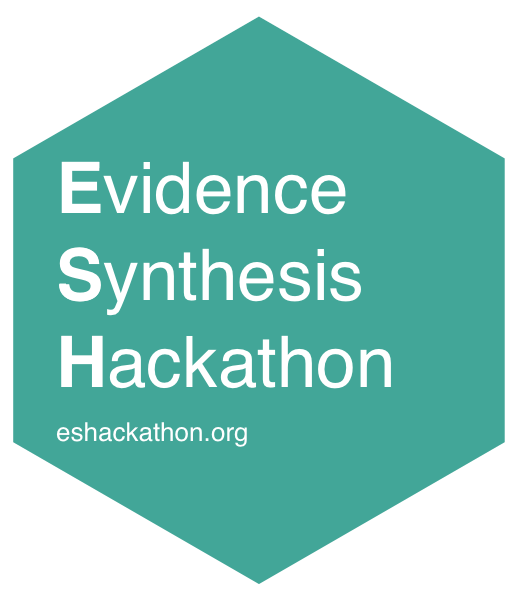
Systematic Maps are, according to the Environmental Evidence Journal, “overviews of the quantity and quality of evidence in relation to a broad (open) question of policy or management relevance.” In simple terms, this means that documents are categorized according to the type, location, and publication information available for each work within a particular topic. Systematic maps are often used for environmental research, where it is particularly important to track the location of study sites. The spatial nature of a systematic map, particularly for environmental research, means that academics often use some kind of geographic map to analyze and present their information. Understanding the academic community’s familiarity with the R programming language, we built a webapp using R Shiny that could automate certain parts of creating a systematic map for environmental research.
Using EviAtlas, a researcher will be able to shorten the time needed to generate key plots and maps of the previous work they’re analyzing. What might have taken a full days work in the past could now be condensed into about an hour.
You can find out more about EviAtlas in our Open Access methodology article in the journal Environmental Evidence:
NR Haddaway, A Feierman, MJ Grainger, CT Gray, E Tanriver-Ayder, S Dhaubanjar & MJ Westgate (2019) EviAtlas: a tool for visualising evidence synthesis databases. Environmental Evidence 8:22 doi: 10.1186/s13750-019-0167-1








